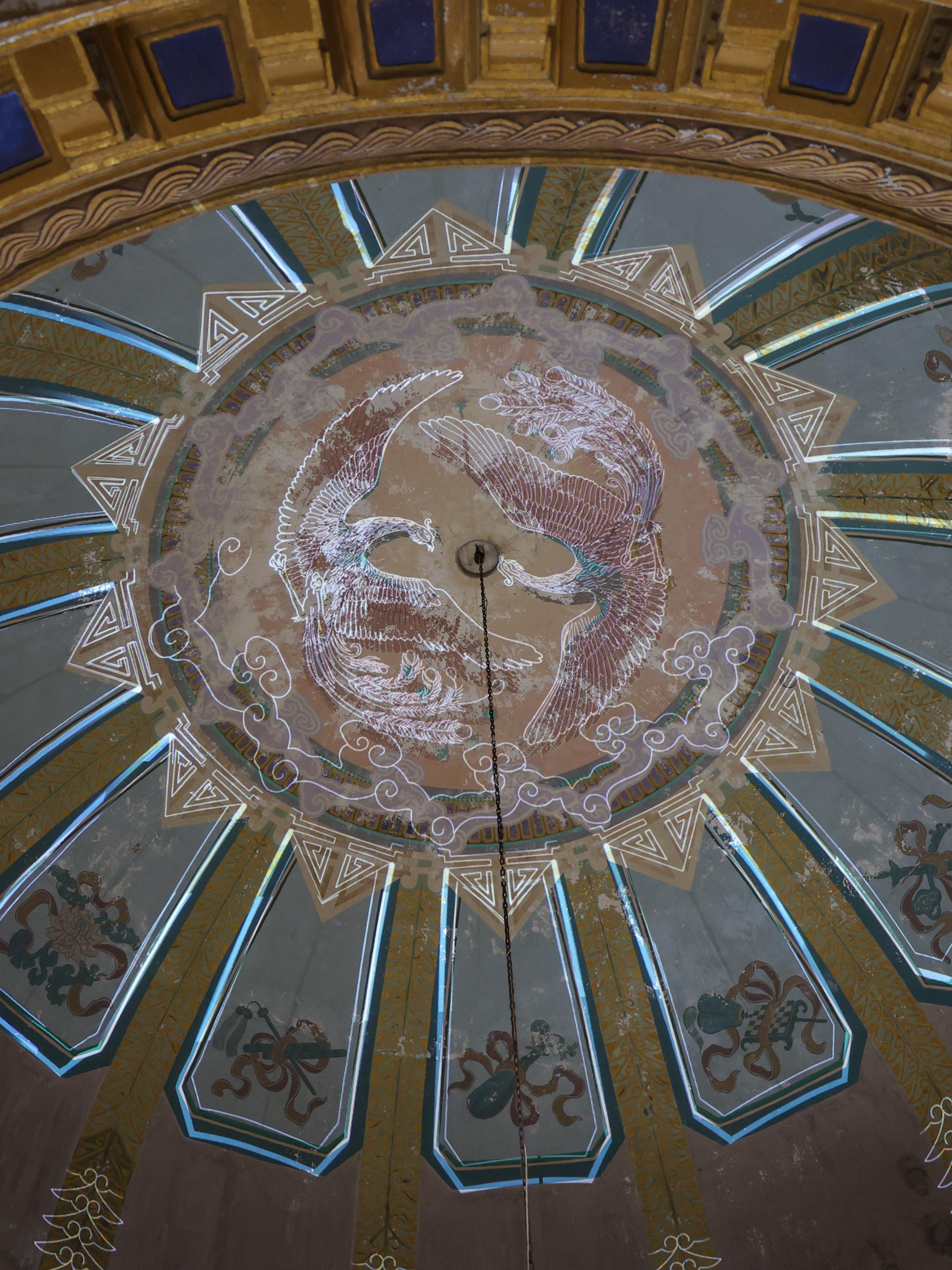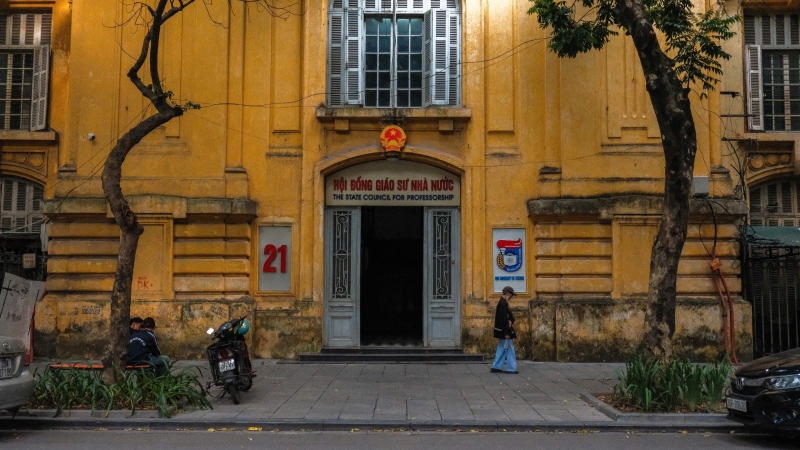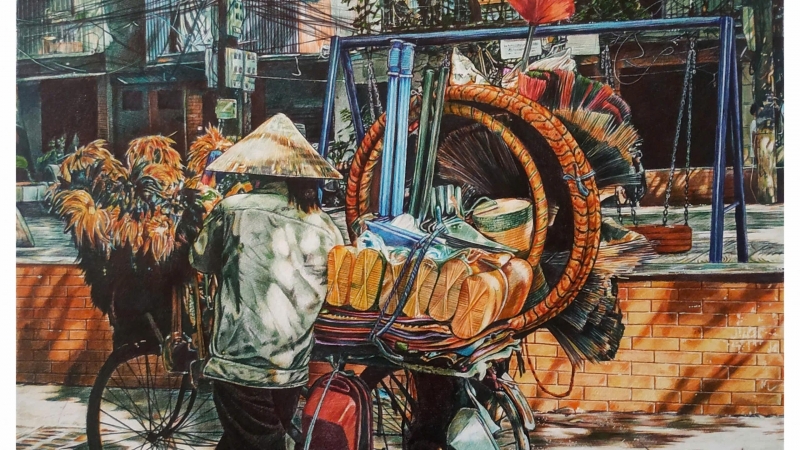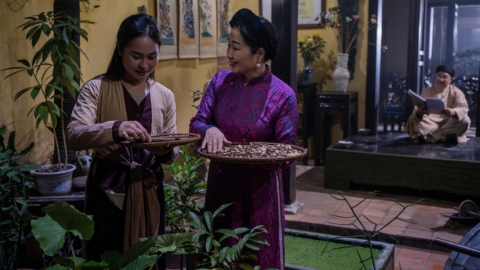The beauty of Indochina's history and culture
Built in 1926, the Natural University Building is an architectural symbol of Indochina, which used to be the Indochina University before becoming Hanoi University in 1956. This historic building located at 19 Le Thanh Tong, Hanoi, is one of the outstanding Indochina architectural works in Vietnam, designed by French architect Ernest Hébrard in 1926.
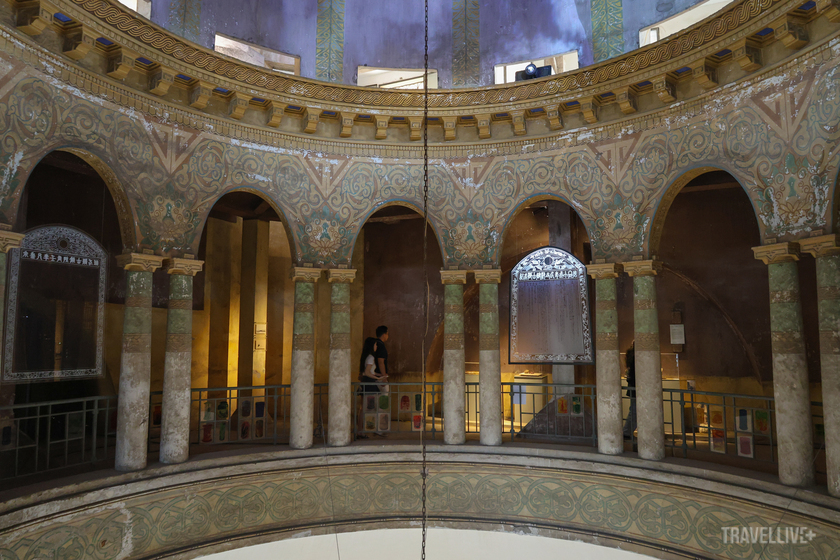
The Indochinese architecture and fine arts at the University of General Sciences are once again illuminated through the Hanoi Creative Design Festival 2024
In 2013, the Hanoi People's Council listed this building in the list of architectural works that need to preserve and promote cultural values, becoming an important symbol of history and art. For more than 100 years, the building has been a place to preserve the memories of many generations of students, a symbol of knowledge and a cultural bridge between the past and the present.
The building is now home to the Vietnam National University in Hanoi and still retains its original design. Motifs such as lotus pedestals, lotus vines, swastikas and eight precious stones are carved on the pillars and domes, bringing a profound story of East Asian culture. This is not only a place for study and research, but also a living cultural heritage, demonstrating the fusion between Vietnamese culture and French architecture.
Artist Nguyen The Son, a visual arts lecturer at Hanoi National University, said: "This building looks like French neoclassical architecture, but it actually contains traditional Vietnamese art. This is an interesting example of the fusion between East and West."
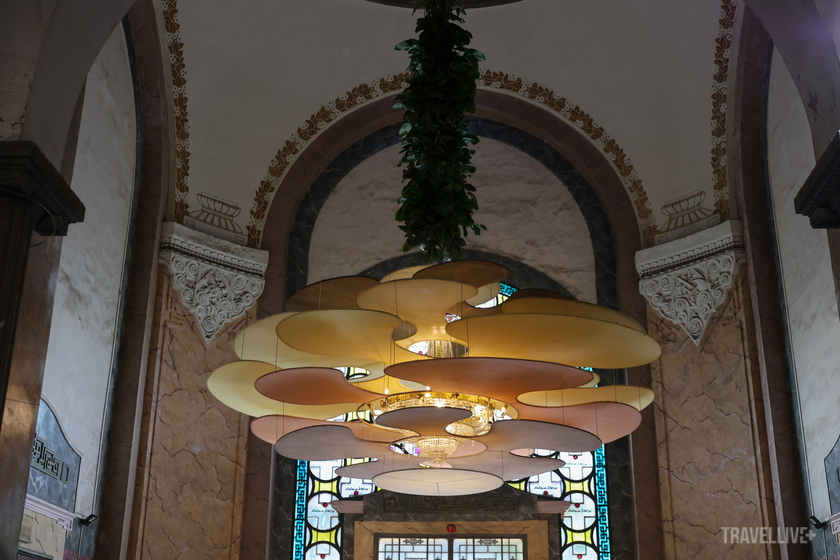
The interactive art exhibition complex "Indochina Sensation" at the University building attracts many visitors.


Creative Design Festival and interactive art exhibition
Within the framework of the Hanoi Creative Design Festival 2024, the University Building complex is the highlight with a series of activities, seminars, and art exhibitions. The interactive art exhibition complex "Indochina Sensation" attracted the attention of visitors when introducing 22 unique works with a sophisticated combination of light installation art and 3D mapping technology, creating an impressive interactive art space.
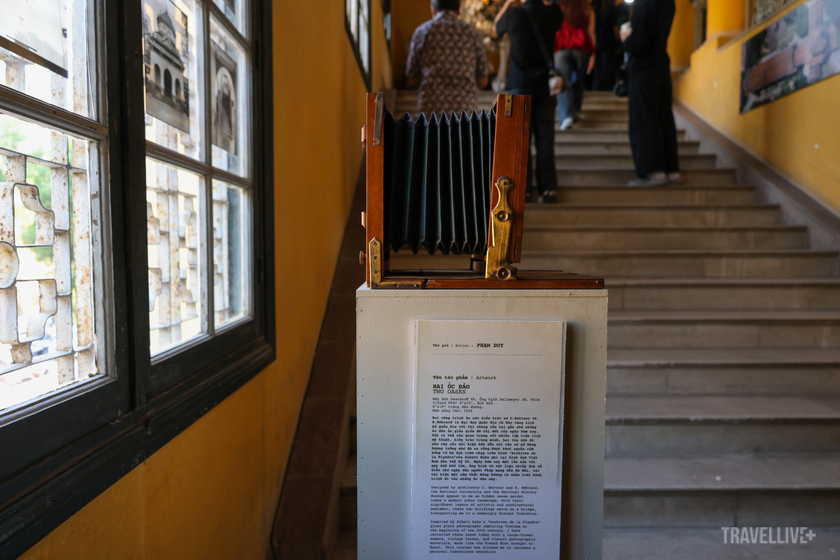
Due to limited space, the organizers have arranged for visitors to enter in small groups of about 10 people.
The main lobby of the building is an open space, with light installations by artist Tran Hau Yen The, recreating the first ideas of iron flower design inspired by the light of knowledge. The shimmering light scene combined with classic decorative details makes this space an ideal stop for those who want to explore the beauty of Indochina architecture.
On the second floor, visitors will enter the Biological Museum, a space displaying scientific artifacts related to the ecosystem and species of flora and fauna. Continuing the journey, on the third floor, after climbing the narrow wooden stairs, visitors will have the opportunity to access the area that has never been open before, admiring the beauty of Indochina architecture with classic decorative details. The lighting system is designed to highlight the classic details, honoring the timeless beauty of the building.
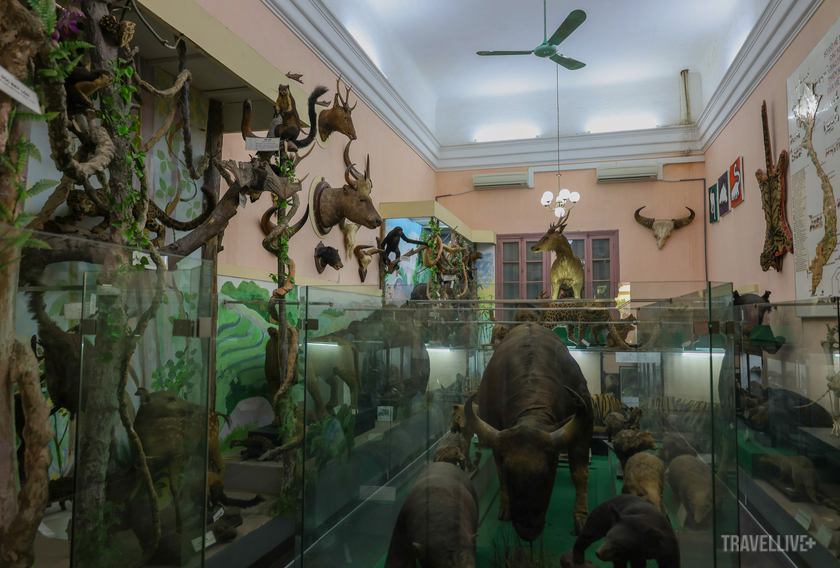
Biology museum on the 2nd floor of the building
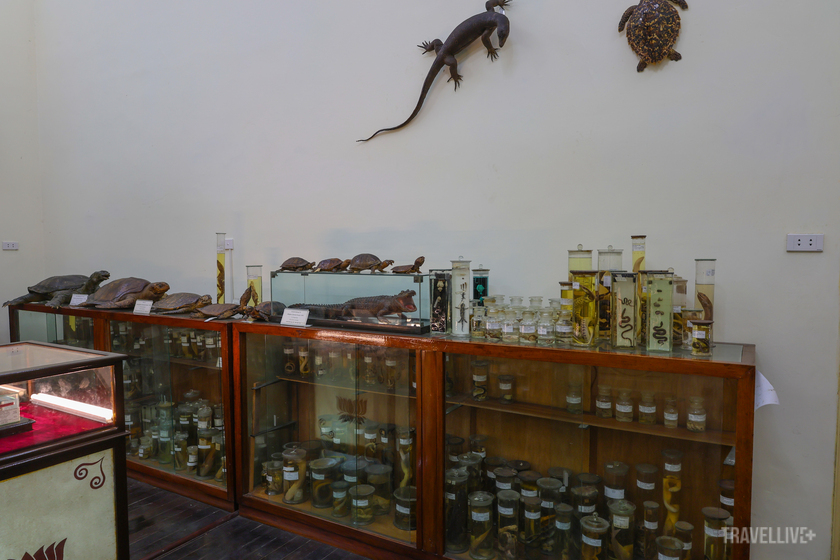
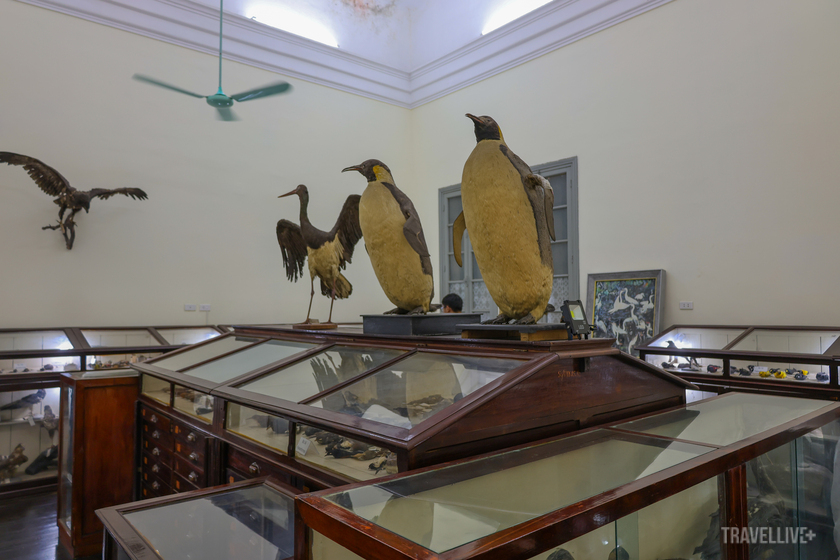
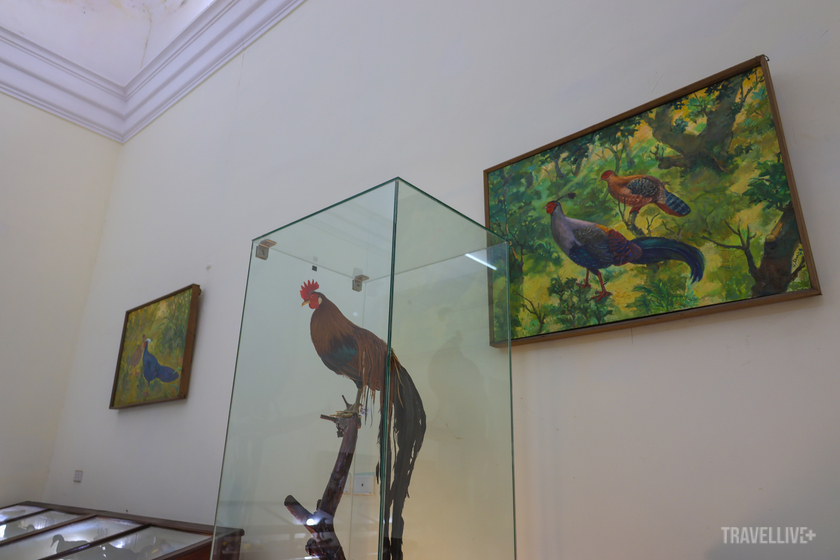
Here, artists and architects have created installation works such as chandeliers and doctoral stelae on light-conducting mica material. In particular, on the ceiling dome of the building, artist Pham Trung Hung used 3D mapping technology to recreate the image of two phoenixes - a symbol of authority in East Asian culture. From here, people can enjoy panoramic views, viewing the space from a new perspective. Adorned with light and technology, combined with music, the University has become a unique, interesting and emotional destination for experiences.
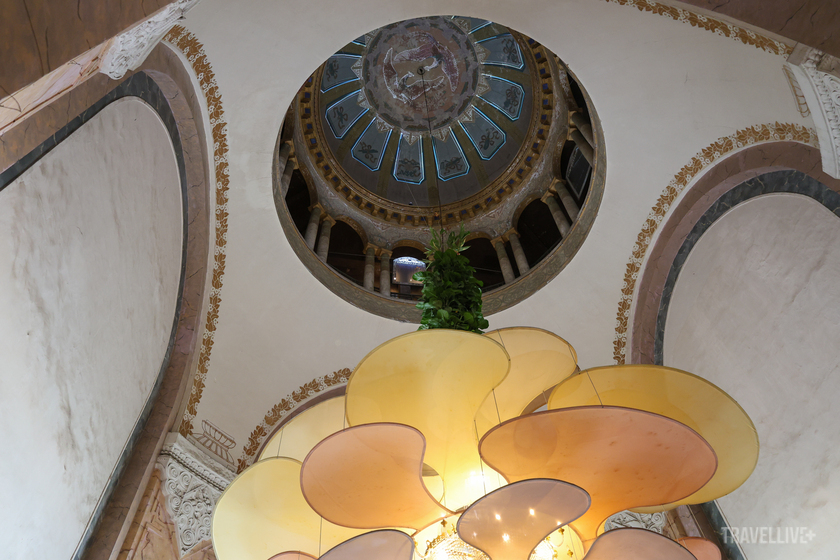
A display full of nostalgia and the marks of time
Due to limited space, the organizers have arranged for visitors to enter in small groups of about 10 people, so that everyone can fully explore and experience the building. This is the first time the building has opened to the public within the framework of the Hanoi Creative Design Festival 2024, providing an opportunity for everyone to admire the historical value and architectural beauty of the building. The event is not only a cultural experience, but also a journey to connect with traditional artistic and cultural heritage, contributing to emphasizing the importance of preserving historical buildings and inspiring creativity for the future.
Some other pictures at the building:
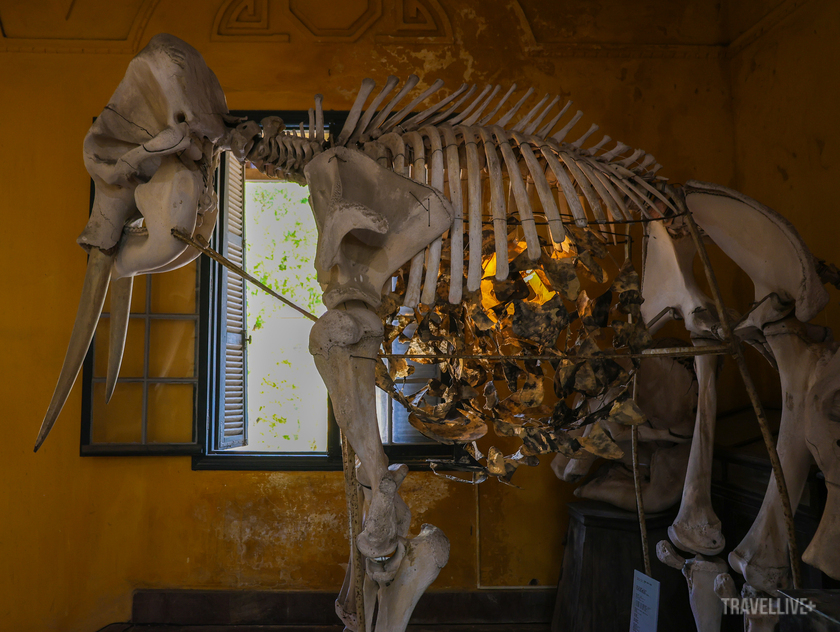
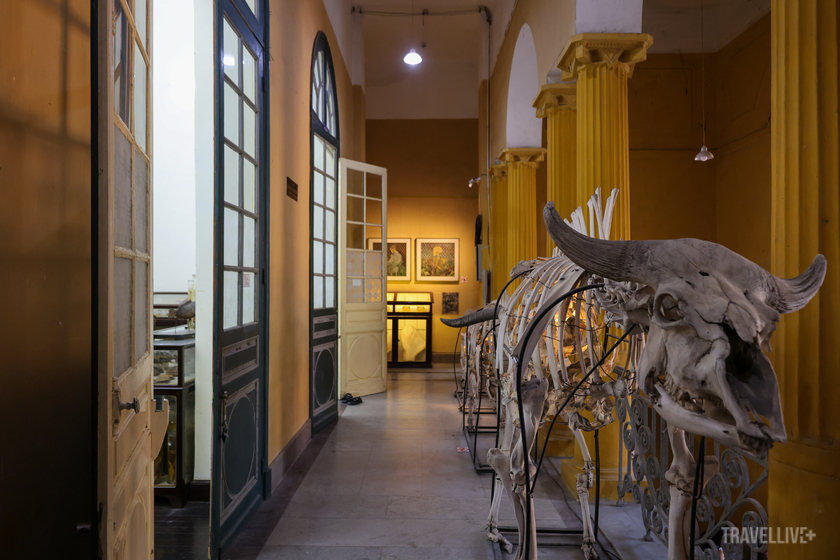
Silk arrangements of available animal skeletons

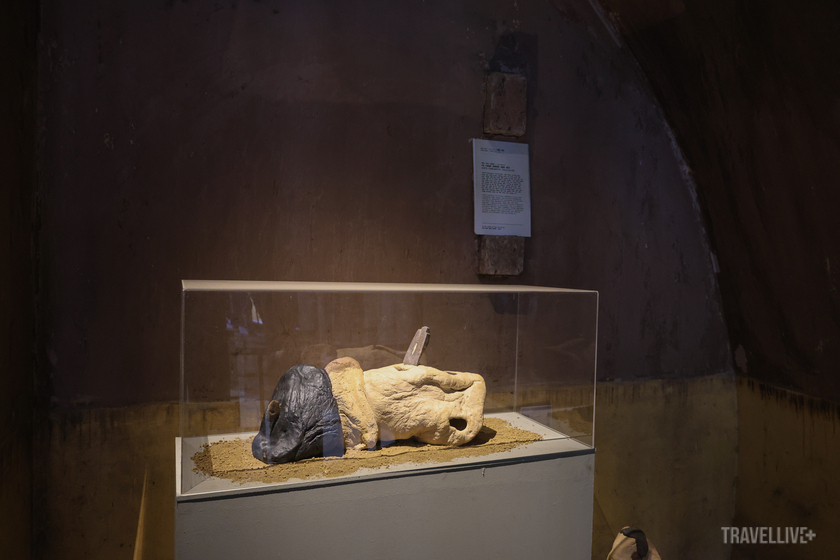
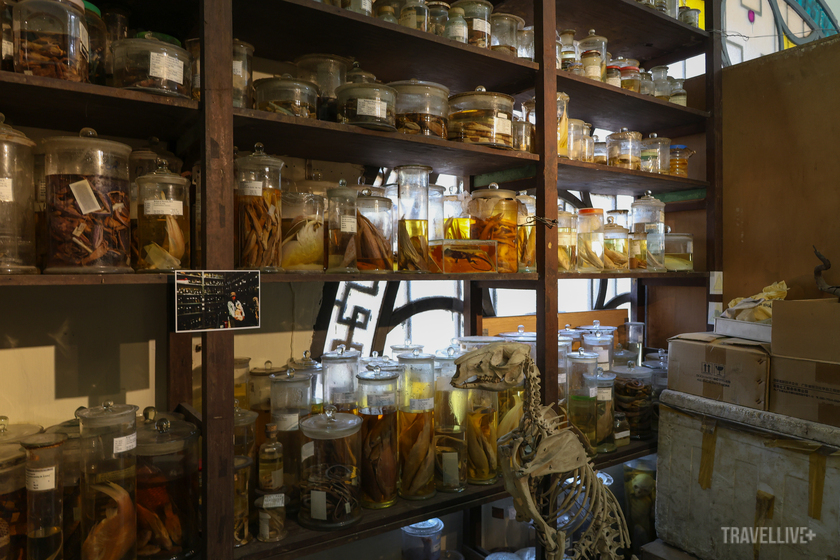
For the first time, visitors can see the display area of biological vials of the University.
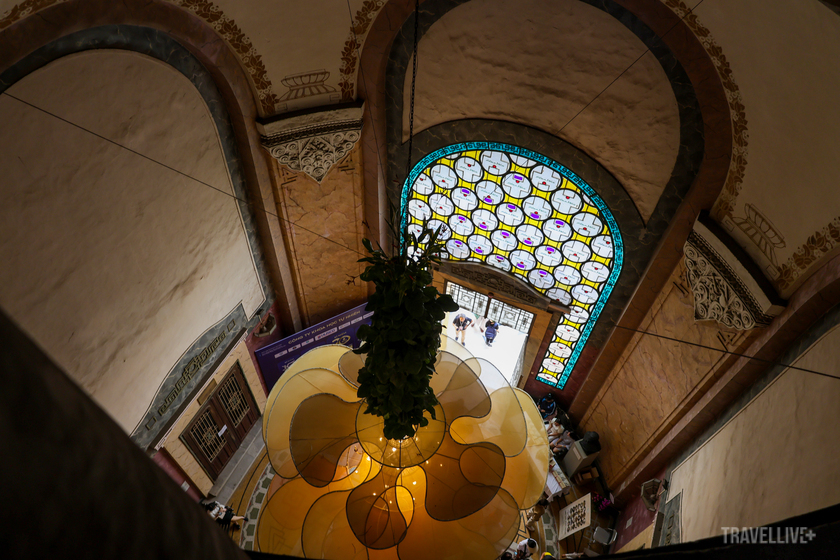
Building space when viewed from the attic







